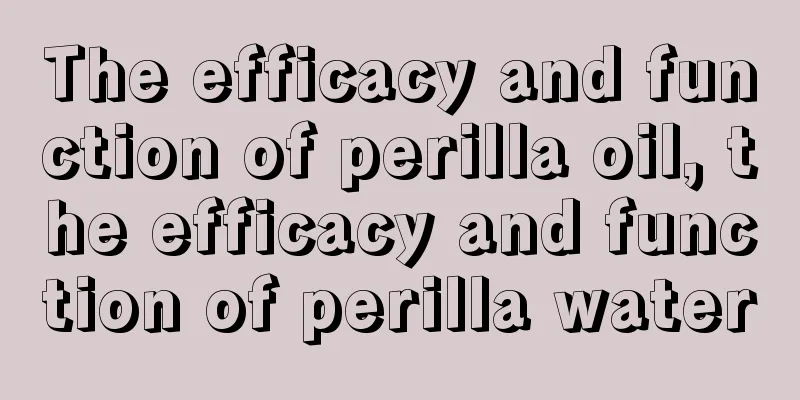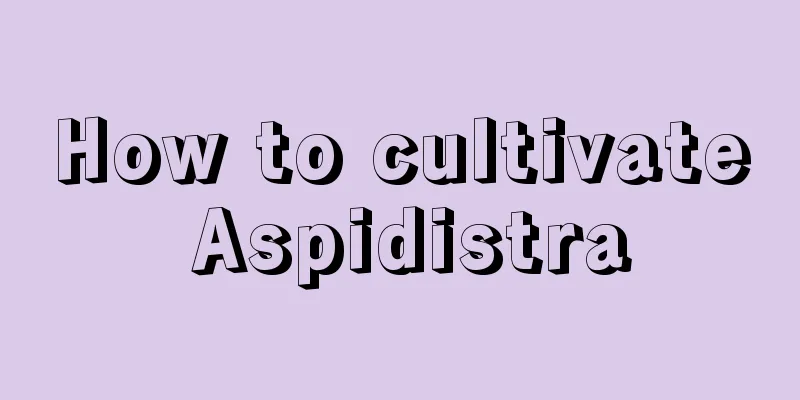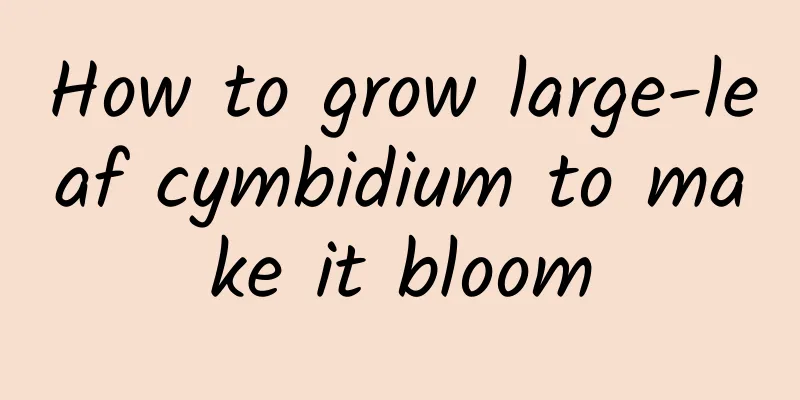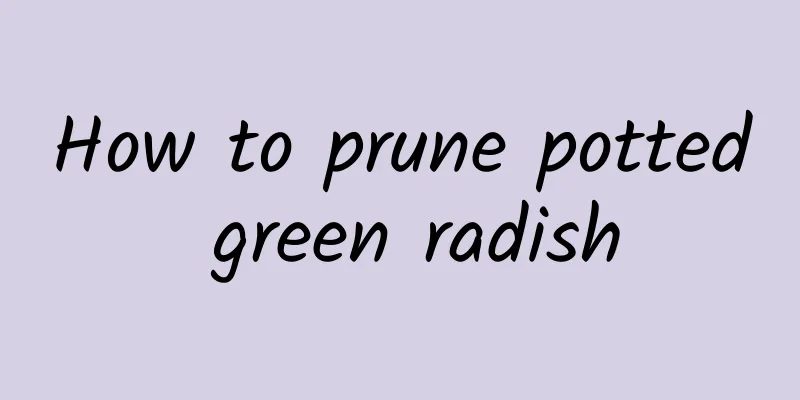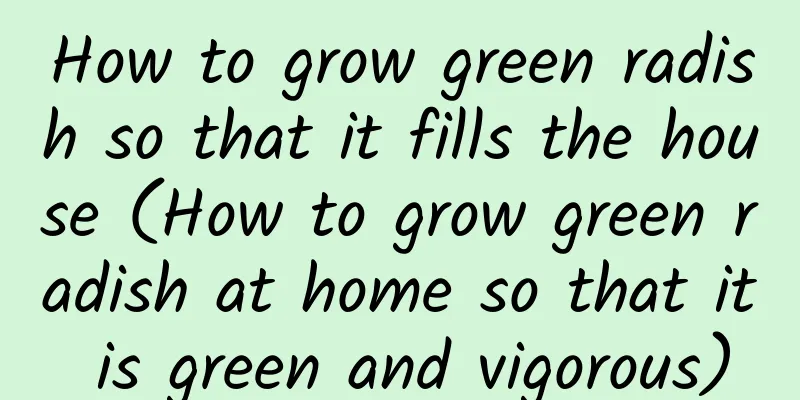Can potassium dihydrogen phosphate be used for indoor flower cultivation (How to use potassium dihydrogen phosphate for flowers)
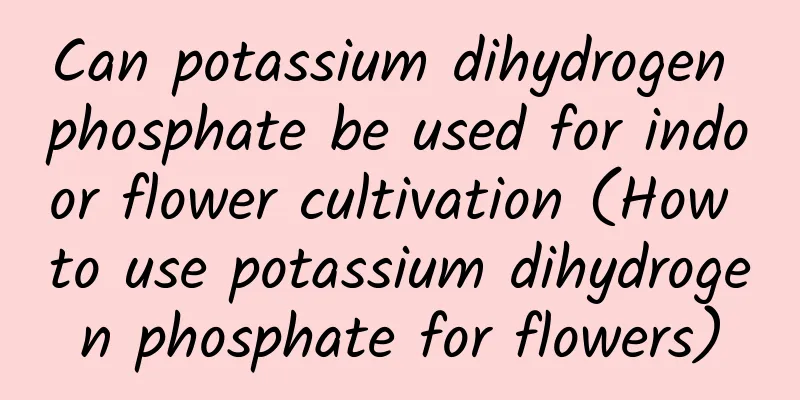
How to use potassium dihydrogen phosphate when growing flowersPotassium dihydrogen phosphate is a drug widely used in crop planting and an important growth regulator. It can effectively promote the differentiation of crop flower buds and increase the number of flowers ; enhance the crop's drought and cold resistance ; enhance the plant's resistance to diseases and pests , etc. However, you must pay attention to the correct method of use during use, otherwise it will cause serious drug damage. How to use potassium dihydrogen phosphate to give full play to its role and value? The three elements that plants need the most for nutrients are nitrogen, phosphorus and potassium. In the growth stage, they need more nitrogen, and in the flowering stage, they need more phosphorus and potassium. Therefore, potassium dihydrogen phosphate is generally used in the bud and flowering stages of plants. There are several ways to use potassium dihydrogen phosphate: foliar spraying, root irrigation, and foliar fertilization , but the use of these methods should also depend on the type of crop. Flowers that are not affected by acidic or alkaline soil can be used. Flowers whose leaves are not hydrophilic, such as lotus and nasturtium, are best used by irrigating their roots . For flowers that prefer alkaline soil, such as cacti, wolfberry bonsai, etc., it is best to use foliar spraying. The safe period for applying potassium dihydrogen phosphate is generally 7-15 days, and the application time is generally selected before 10 am and after 3 pm on a semi-cloudy or sunny day . Usually, a crop should not be sprayed too many times in a season, and 3 times during the key growth period is enough. The concentration is a point that you must pay attention to when using potassium dihydrogen phosphate. It must not be too high. When applying fertilizer to the leaves, the concentration can be controlled at 0.2-0.3%. The concentration for root irrigation can be slightly higher, but it should not exceed 0.5%. [Summary] Correct use of potassium dihydrogen phosphate can promote the growth and flowering of flowers . |
<<: What does it mean when succulents wear skirts?
Recommend
Does mint need to be watered every day?
Do you water mint every day? Mint likes moisture ...
Is Desert Rose suitable for deep or shallow pots?
Desert Rose Use Deep or Shallow Pot Desert roses ...
Why does the hibiscus flower bud fall off?
Hibiscus has become a popular internet celebrity ...
How to prune roses (pruning time and method)
When to prune roses The best time to prune roses ...
How to prune plum blossoms
1. Processing the terminal buds After growing for...
How many pounds of mulberry are produced per mu? The benefits and profits of growing mulberry
Mulberry yield per mu Mulberry refers to mulberry...
Cultivation methods and precautions of Amomum villosum
1. Maintenance methods 1. Temperature: Amomum vil...
Planting technology and cultivation management of Chinese Angelica
Angelica sinensis , a perennial herb belonging to...
Dried flower production
1. Cutting time In order to ensure better quality...
The best orchid fertilizer (which organic fertilizer is best for growing orchids)
When is the best time to fertilize orchids? Looki...
How many days does it take for soybeans to germinate? What conditions are needed for seeds to germinate?
How long does it take for soybeans to germinate? ...
Is the lucky tree easy to grow?
1. Is it easy to raise? The lucky tree is a tropi...
What are the methods of propagating Huayuejin?
Propagation method of Huayuejin: leaf cutting For...
18 kinds of wild vegetables can cure 18 kinds of diseases
Toon Toona sinensis: nourishes the kidneys and pr...
When will the red leaves of Pofengling in Beijing turn red? Can I see the red leaves if I go there in August?
Pofengling is located in Huangshandian Village, Z...
